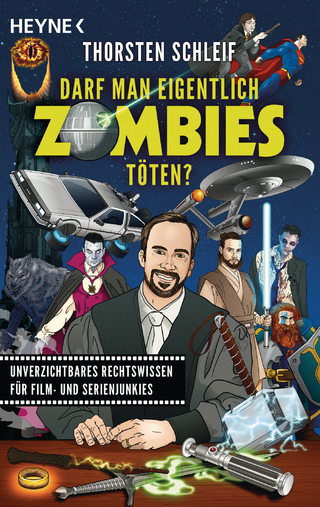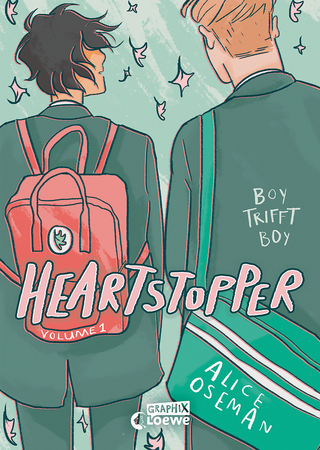
How to Read El Pato Pascual
Black Dog Publishing Ltd (Verlag)
978-1-911164-72-2 (ISBN)
- Titel ist leider vergriffen;
keine Neuauflage - Artikel merken
Investigating the reception and reuse of the imagery of one of the world's largest production companies, How to Read El Pato Pascual explores the prevalent presence of Walt Disney in Latin America. Examined through artworks including painting, photography, graphic work, drawing, sculpture and video, as well as vernacular objects and documentary material, the book considers Disney's engagement within Latin America, extending from Donald Duck's first featured role, the 1937 Mexican-themed short Don Donald, to the 2013 attempt to copyright the Day of the Dead. The reach and influence of Disney is also examined in a series of commissioned essays drawing on cultural studies,historical research and postcolonial theory. How to Read El Pato Pascual also features a reprint of How to Read Donald Duck (Chile, 1971), an essay by Ariel Dorfman and Armand Mattelart that critiques Disney comics through a Marxist lens as vehicles of American cultural imperialism. The book includes artistic contributions from artists including Liliana Porter, Nadin Ospina, Enrique Chagoya, and Arturo Herrera, as well as written contributions from Jesse Lerner and Ruben Ortiz-Torres, amongst others.
Jesse Lerner (Chicago, Illinois, United States, 1962) is a filmmaker based in Los Angeles. His short films Natives(1991, with Scott Sterling), T.S.H. (2004), and Magnavoz (2006), and the feature length experimental documentaries Frontierland / Fronterilandia (1995, with Ruben Ortiz-Torres), Ruins (1999), The American Egypt (2001), Atomic Sublime(2010), and The Absent Stone (2013, with Sandra Rozental) have won numerous prizes at film festivals in the United States, Latin America and Japan, and have screened at New York's Museum of Modern Art, Mexico's Museo Nacional de Antropologia, Washington's National Gallery, Madrid's Museo Reina Sofia, and the Sundance, Rotterdam and Los Angeles Film Festivals. His films were featured in mid-career surveys at New York's Anthology Film Archives and Mexico's Cineteca Nacional. He has curated projects for Mexico's Palacio Nacional de Bellas Artes, the Guggenheim museums in New York and Bilbao, and the Robert Flaherty Seminar in New York. His books include F is for Phony: Fake Documentary and Truth's Undoing (with Alexandra Juhasz, 2000), The Shock of Modernity (2007), The Maya of Modernism(2011), and The Catherwood Project(with Leandro Katz, forthcoming). Ruben Ortiz-Torres (Mexico City, Mexico, 1964) was educated within the utopian models of republican Spanish anarchism and soon confronted the tragedies and cultural clashes of a postcolonial Third World. Despite being the son of a Latin American folk musician, he soon identified more with the noises of urban punk music. After giving up the dream of playing baseball in the major leagues and some architecture training (Harvard Graduate School of Design) he decided to study art. He went first to the oldest and one of the most academic art schools of the Americas (the Academy of San Carlos in Mexico City) and later to one of the newest and more experimental (CalArts in Valencia, CA). After enduring Mexico City's earthquake and pollution he moved to Los Angeles with a Fulbright grant to survive riots, fires, floods, more earthquakes, and Proposition 187. During all this he has been able to produce artwork in the form of paintings, photographs, objects, installations, videos, films, customized machines, and even an opera. He is part of the permanent faculty of the University of California, San Diego. He has participated in several international exhibitions and film festivals. His work is in the collections of the Museum of Modern Art, New York; The Metropolitan Museum of Art, New York; the Museum of Contemporary Art Los Angeles: Los Angeles County Museum of Art; Artpace, San Antonio; the California Museum of Photography, Riverside; the Centro Cultural de Arte Contemporaneo, Mexico City; and the Museo Nacional Centro de Arte Reina Sofia, Madrid, Spain, among others. After showing his work and teaching art around the world, he now realizes that his dad's music was in fact better than most rock 'n' roll.
Contents list: How to Read El Pato Pascual
1. Foreword: It’s a Small World After All...
—Priscilla Fraser
2. Introduction
—Rubén Ortiz-Torres and Jesse Lerner
3. The Good Neighbor Films of Walt Disney
—Darlene Sadlier
4. Of Mice and Men, Women and Ducks
—Jesse Lerner
5. Ducks in a Row
—Nate Harrison
6. La República y El Reino
—Fabian Cereijido
7. The Final Future
—Carla Zaccagnini
8. Macho Mouse Remix
—Rubén Ortiz-Torres
9. List of Works
—including Enrique Chagoya, Minerva Cuevas, Arturo Herrera, Liliana Porter, Agustín Sabella, Daniel Santoro, Mondongo, Carlos Amorales, Dr. Lakra, José Rodolfo Loaiza Ontiveros, and Nadín Opsina, among others.
10. Introduction to “How to Read Donald Duck”
—David Kunzle
11. How to Read Donald Duck (reprint)
—Ariel Dorfman and Armand Mattelart
12. Conversation with Ariel Dorfman
—Rodrigo Dorfman
13. Institutional descriptions and acknowledgements
14. Image credits
15. Colophon
| Erscheinungsdatum | 24.10.2017 |
|---|---|
| Zusatzinfo | 180 |
| Sprache | englisch |
| Themenwelt | Literatur ► Comic / Humor / Manga |
| Kunst / Musik / Theater ► Allgemeines / Lexika | |
| Kunst / Musik / Theater ► Film / TV | |
| ISBN-10 | 1-911164-72-4 / 1911164724 |
| ISBN-13 | 978-1-911164-72-2 / 9781911164722 |
| Zustand | Neuware |
| Haben Sie eine Frage zum Produkt? |
aus dem Bereich


